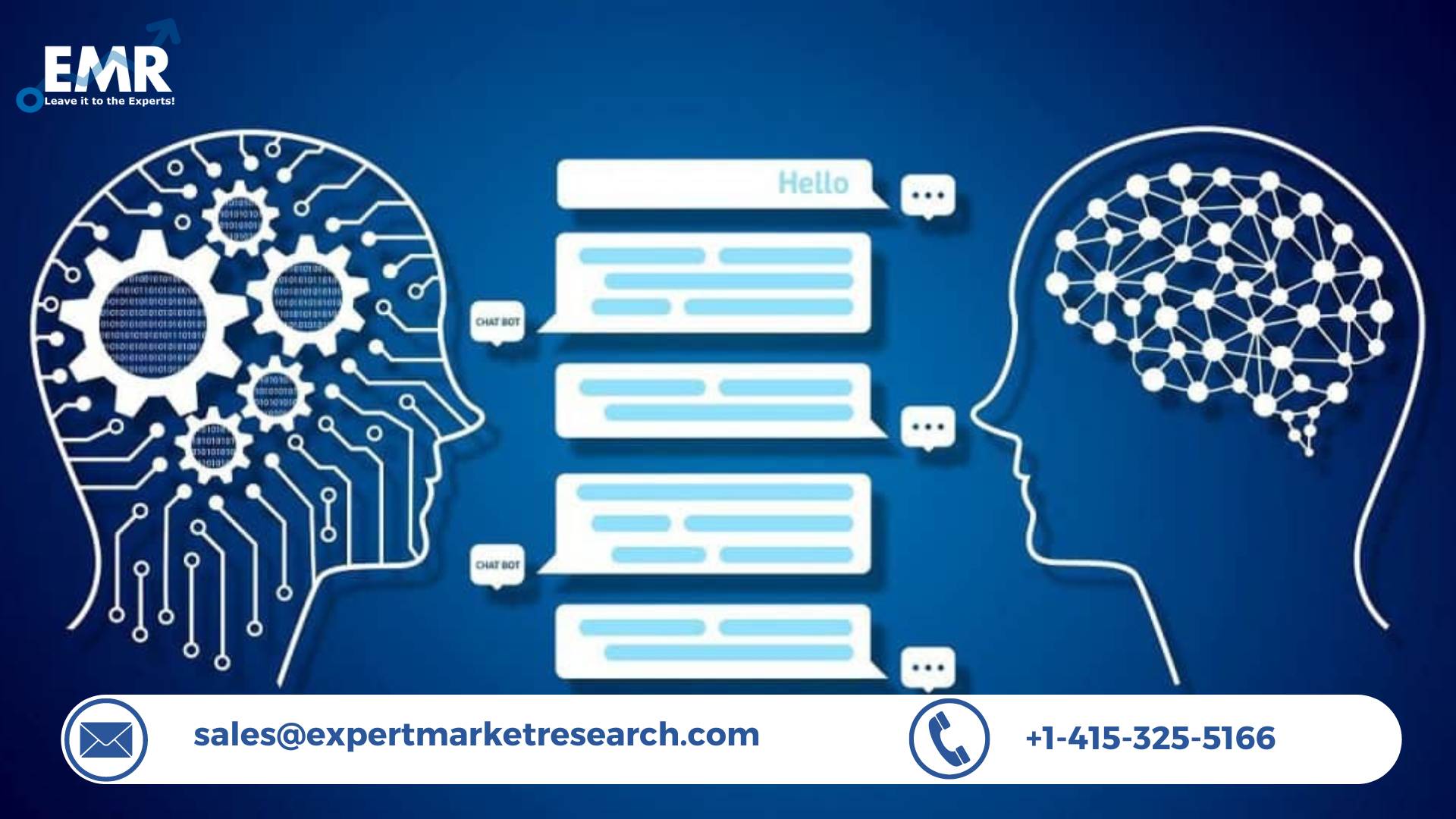Introduction
Mobile apps are an essential part of modern life, and delivering a top-notch user experience is crucial for app success. Natural Language Processing services are transforming how users interact with apps by providing more intuitive, responsive, and personalized experiences. From chatbots to voice assistants, NLP integrates seamlessly into mobile applications, enhancing engagement and satisfaction. Businesses leveraging NLP can stay competitive in the app market by meeting the rising expectations of tech-savvy users.
Section 1: Understanding NLP and Its Role in Mobile Apps
NLP is a field of artificial intelligence that focuses on the interaction between computers and human language. In mobile apps, NLP services enable apps to interpret and respond to user inputs in a more human-like manner. These services are embedded in various functionalities, including voice commands, chatbots, sentiment analysis, and predictive text.
Key Aspects:
- Voice Assistants: NLP powers voice-based commands, allowing users to interact with apps through natural language instead of manual navigation.
- Chatbots: AI-driven chatbots provide instant responses to user inquiries, offering 24/7 support and enhancing the overall user experience.
- Sentiment Analysis: NLP can analyze user feedback, reviews, or comments, helping businesses gauge app performance and customer satisfaction.
With NLP, mobile apps are becoming smarter, offering users an intuitive way to engage with technology.
Section 2: Key Benefits of NLP in Mobile App User Experience
NLP services are not just a technical enhancement—they play a strategic role in creating better user experiences. Here’s why NLP is a game-changer:
- Enhanced User Interactions: NLP allows users to interact with apps using natural language, eliminating the need for complicated menus or commands. This leads to a more user-friendly experience, particularly for non-tech-savvy users.
- Personalization: NLP can analyze user behavior and preferences, enabling apps to deliver personalized content and recommendations. This customization increases user retention and satisfaction.
- Increased Engagement: By implementing NLP-powered features like chatbots or voice assistants, apps can engage users more effectively, keeping them active within the app for longer periods.
- Faster Support: NLP-driven chatbots provide instant assistance, reducing the need for human intervention and streamlining customer support.
- Contextual Understanding: NLP can comprehend the context behind a user’s query, providing more relevant and accurate responses. This minimizes user frustration and enhances overall app usability.
NLP brings a human touch to mobile apps, making them more responsive and adaptable to individual needs.
Section 3: Actionable Tips to Integrate NLP for Better Mobile App UX
1. Utilize Voice Command Capabilities:
Incorporate voice assistants into your mobile app using NLP services. This feature enables hands-free operation, catering to users who prefer voice interactions over traditional typing.
2. Implement Smart Chatbots:
Add NLP-driven chatbots to provide immediate responses to user inquiries. Focus on creating chatbots that can handle a wide range of questions while still offering a smooth and human-like conversational experience.
3. Use Sentiment Analysis for Feedback:
Integrate NLP-based sentiment analysis to interpret user feedback. Use these insights to adjust your app’s interface, functionalities, or customer service approach based on real user sentiments.
4. Personalize Content with Behavioral Analysis:
Use NLP to track user behavior and tailor app content accordingly. Personalized experiences—such as product recommendations, customized news feeds, or adaptive learning paths—improve user engagement.
5. Focus on User Privacy:
Ensure that your NLP implementation complies with data privacy regulations. Clearly communicate how user data is processed and protect sensitive information during language processing tasks.
6. Test and Iterate:
Always test NLP features thoroughly in different contexts. Collect user feedback, refine language models, and update regularly to keep the experience accurate and relevant. Iterative testing is crucial to avoid common errors and maintain app quality.
Section 4: Common Misconceptions About NLP in Mobile Apps
1. “NLP is Just About Voice Assistants”:
While voice assistants are a major part of NLP, it encompasses much more. NLP includes chatbots, translation, predictive text, sentiment analysis, and contextual understanding—beyond voice commands.
2. “NLP Can Fully Replace Human Support”:
NLP is excellent for handling standard queries, but it may struggle with complex issues that require empathy or nuanced understanding. Balance NLP tools with human support for a comprehensive user experience.
3. “NLP is Too Complex for Small Businesses”:
Many small businesses avoid NLP due to perceived complexity or cost. However, there are many affordable NLP tools tailored for smaller apps, and third-party services can help integrate NLP without heavy investments.
4. “One-Time Setup is Enough”:
NLP models need constant updates to adapt to new language trends, slang, and user behavior. Regular updates and maintenance are necessary to ensure NLP remains accurate and effective in delivering user experience.
By acknowledging these misconceptions, businesses can implement NLP with realistic expectations, leading to better results.
Conclusion
NLP services are revolutionizing how mobile apps interact with users, offering more personalized, intuitive, and responsive experiences. From voice assistants to smart chatbots and sentiment analysis, NLP enriches the user journey, making apps more appealing and effective. Businesses investing in NLP technology not only enhance customer satisfaction but also stay competitive in a fast-paced digital landscape.

